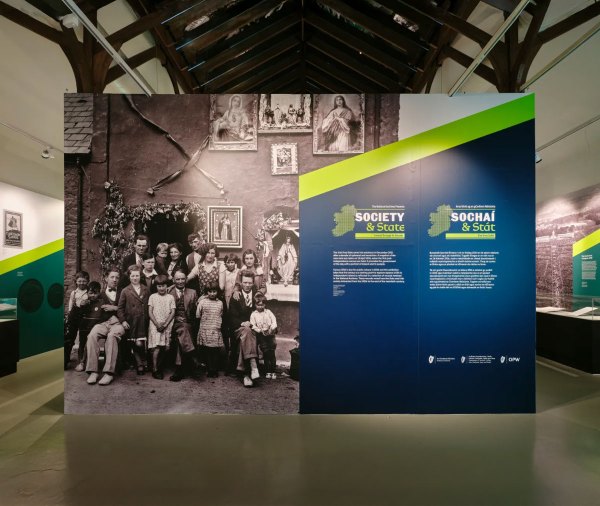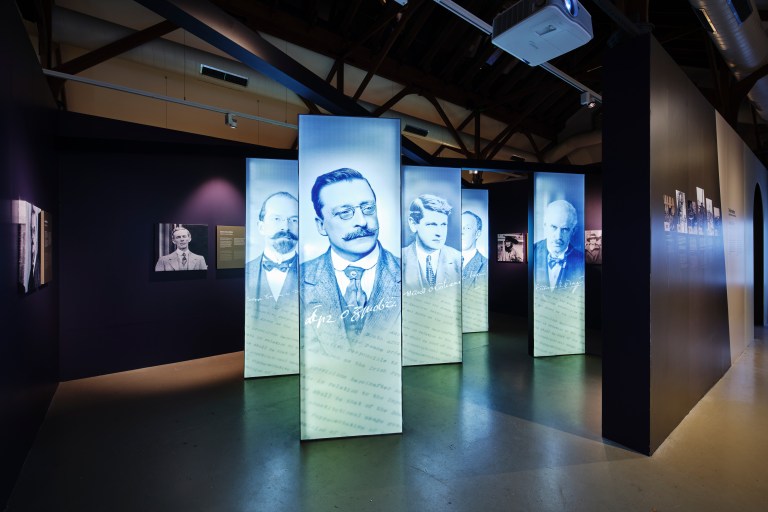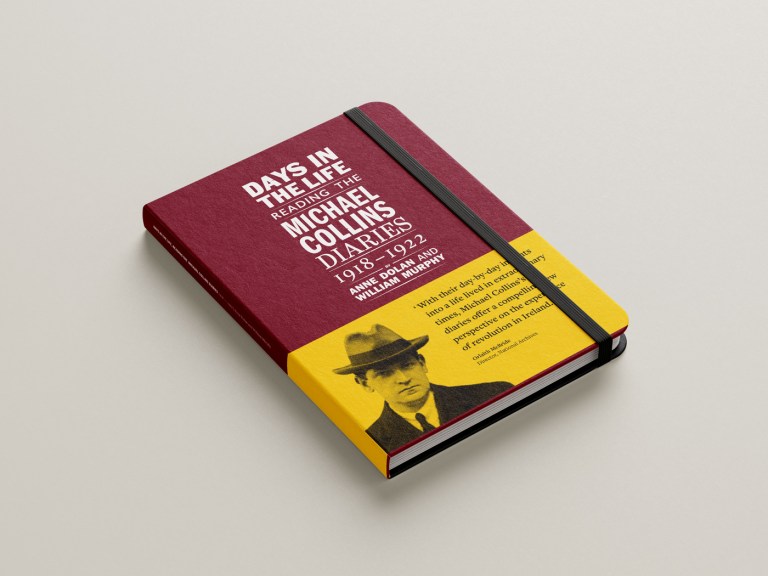Society and State: Ireland through its records represented key events through a selection of records held in the National Archives that reflected aspects of life in independent Ireland and how the state and Irish society interacted from the 1920s to the end of the twentieth century.
Quick facts
- 61,000 visitors attended the exhibition in Dublin Castle
- 3,500 visitors saw the display at the National Ploughing Championship
This exhibition presented multiple narratives drawn from the records in the National Archives, from the overwhelming influence of the Catholic State and its imposing morality, demonstrated by the Eucharistic Congress in 1932, to the Censorship of Films and Publications, as well as attempts to police nightlife with the introduction of the Public Dance Hall Act in 1935. The economic realities faced by the new State included the harsh life of living in rural communities, the absence and then development of indigenous industry, emigration, the TB epidemic, the effects of partition, and the Troubles.
But this exhibition also showed how Irish people enjoyed themselves. From the 1920s onwards, they went to the cinema and sporting events (listening to or watching the latter on radio and TV as the century progressed), they read books and magazines, and they went to dances. A generation that went to dance halls gave way to a postwar generation going to gigs by showbands, who gave way to other generations watching the Eurovision Song Contest on RTÉ. The documents on display were fragments of the past, but they reflected aspects of that past that anyone living in the Ireland of 2024 could potentially recognize or relate to. Many things changed over time; many stayed the same.
The individual themes and subjects of Society and State were separated out for clarity, but they were part of a whole; cumulatively, they comprised a perspective on life in independent Ireland. Towards the end of the exhibition, when we saw the landmark election of Mary Robinson and the increasing liberalization of Irish society from the 1990s onwards, we were seeing change that many of us were familiar with, having lived through it.
Listen to the podcasts on Sound Cloud



